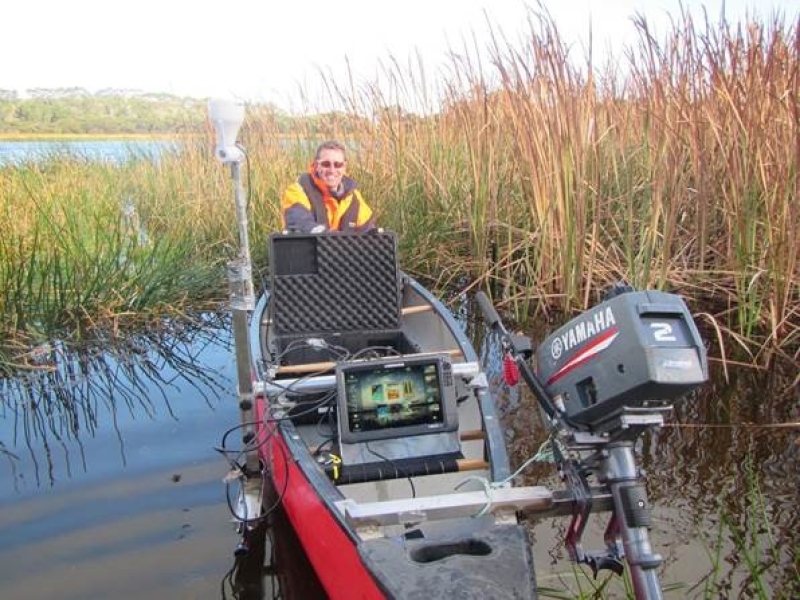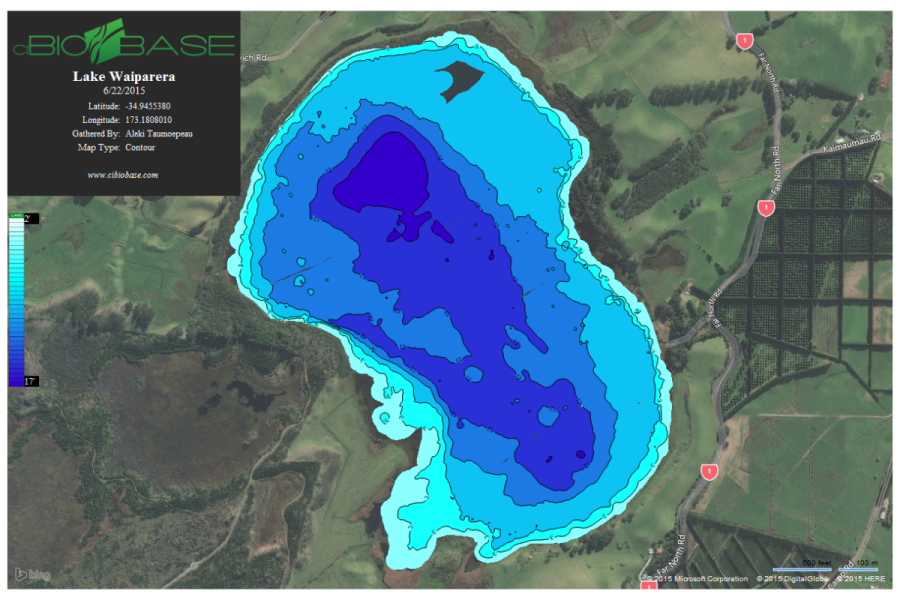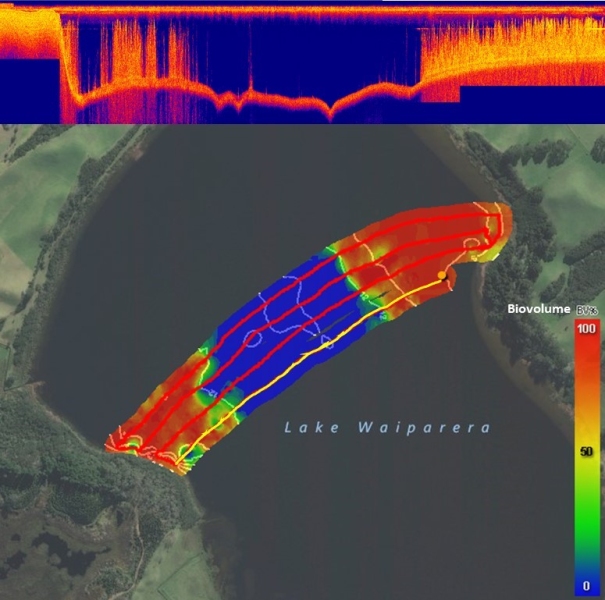NIWA is working with Northland Regional Council (NRC) to produce lake bathymetry maps for 25 northern dune lakes.
In the joint operation NRC Environmental Monitoring Officer Andrew MacDonald is measuring lake levels and providing field support while NIWA technician Aleki Taumoepeau undertakes hydro-acoustic lakebed surveys.
Use of the maps
With NIWA’s current approach initial charts can be produced within days of a lake survey. Council staff have especially enjoyed how the nature of their lake beds has finally been revealed in the generated maps. NRC will add the bathymetry resources as a GIS layer in the Council databases.
Most of the lakes have never been surveyed for bathymetry before, with others surveyed over 35 years ago. Derived lake depth and volume is critical information for developing nutrient budgets to inform management plans protecting these priority lakes of Northland.
Wider partnership with Northland Regional Council
The NRC-NIWA partnership extends to a collaboration in NIWA’s current research on nutrient budgets.
NIWA scientist Dr Piet Verburg will use the lake volumes, together with water quality data, calculated flow-through rates, residence times and land use information, to develop and test nutrient models. This will provide information on the nutrient processing capacity of a lake or identify exceedance of that capacity. These findings will directly contribute to the management of the precious dune lake systems.
Rapid fire hydro-acoustic surveys
With the current hydro-acoustic approach NIWA can rapidly generate bathymetric maps even for the small, isolated dune lakes that are hard to access. A grid of boat run lines simultaneously records position and hydro-acoustic signals.
For cost-effectiveness NIWA subscribes to a specialist service in the United States that automates the processing of collected data to produce interpolated maps and GIS-referenced data. Also extractable from the acoustic data are measures of submerged vegetation distribution within the water column and relative sediment hardness across the beds of lakes.




